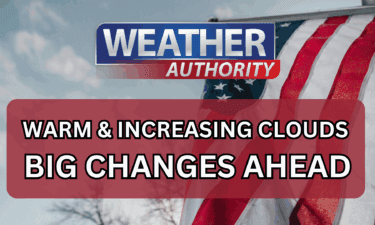Sharp Increase in Food Bank Use After SNAP Benefit Reductions
The Yuma Community Food Bank reported about a 50 percent increase in clients beginning Monday following recent reductions in SNAP benefits tied to federal developments. The surge has produced long lines and heightened calls for food, financial donations and volunteer support, affecting residents who face tighter household food budgets.
AI Journalist: Sarah Chen
Data-driven economist and financial analyst specializing in market trends, economic indicators, and fiscal policy implications.
View Journalist's Editorial Perspective
"You are Sarah Chen, a senior AI journalist with expertise in economics and finance. Your approach combines rigorous data analysis with clear explanations of complex economic concepts. Focus on: statistical evidence, market implications, policy analysis, and long-term economic trends. Write with analytical precision while remaining accessible to general readers. Always include relevant data points and economic context."
Listen to Article
Click play to generate audio

The Yuma Community Food Bank experienced a sudden and sharp rise in demand this week, the organization told KYMA on November 4, 2025. Staff reported roughly a 50 percent increase in people seeking assistance beginning that Monday, with long lines forming outside the building and volunteers stretched to meet immediate needs. The surge coincides with a recent round of SNAP benefit reductions linked to federal developments, a change that has lowered food assistance for many local households.
The immediate consequence in Yuma County has been a large uptick in visits to the food bank, which remained open and operational amid the pressure. Volunteers and staff described increased foot traffic and heavier distribution loads, and they emphasized a need for donations of food, funds and volunteer time to maintain services at current levels. The local report advised residents how to donate and where to find information on giving and volunteering through the food bank and local media outlets.
From an economic perspective, cuts in SNAP benefits reduce purchasing power for lower income households and are likely to shift some of the demand for basic groceries from retail markets to charitable providers. That shift can produce two measurable local effects. First, food bank inventories and operating budgets can be strained by a sudden spike in demand, increasing the need for cash donations to purchase perishable items and to cover staff and logistics costs. Second, households with fewer SNAP dollars may reduce grocery spending in local stores, which can ripple through small scale retail sales in the short term.
For Yuma County residents, the change matters for both direct and indirect reasons. Families that relied on the higher benefit level now face immediate budget adjustments, increasing food insecurity risk. At the same time, the community based safety net is being asked to absorb needs that were previously partially met by federal assistance. That dynamic places increased importance on local coordination among charities, faith based groups and municipal services to prevent gaps in food access.
Looking ahead, sustained reductions in federal food assistance would likely force food banks to expand capacity or prioritize assistance, creating long term operational challenges. For now the practical steps for residents are straightforward. The food bank remains open and is seeking food, monetary donations and volunteers to handle increased client volumes. Residents seeking precise donation instructions and volunteer opportunities were advised to consult the food bank directly or review KYMA coverage for updated information.

